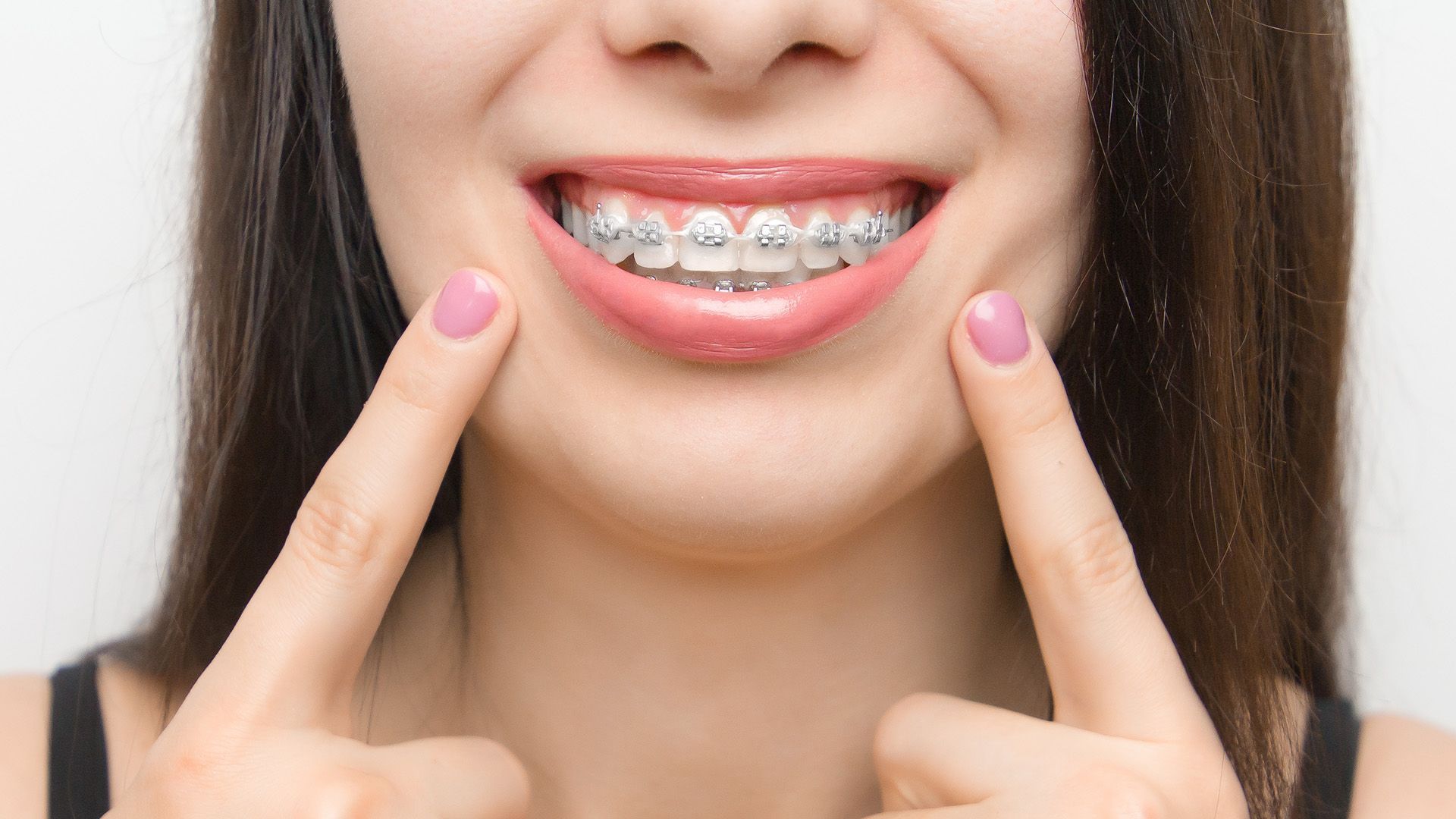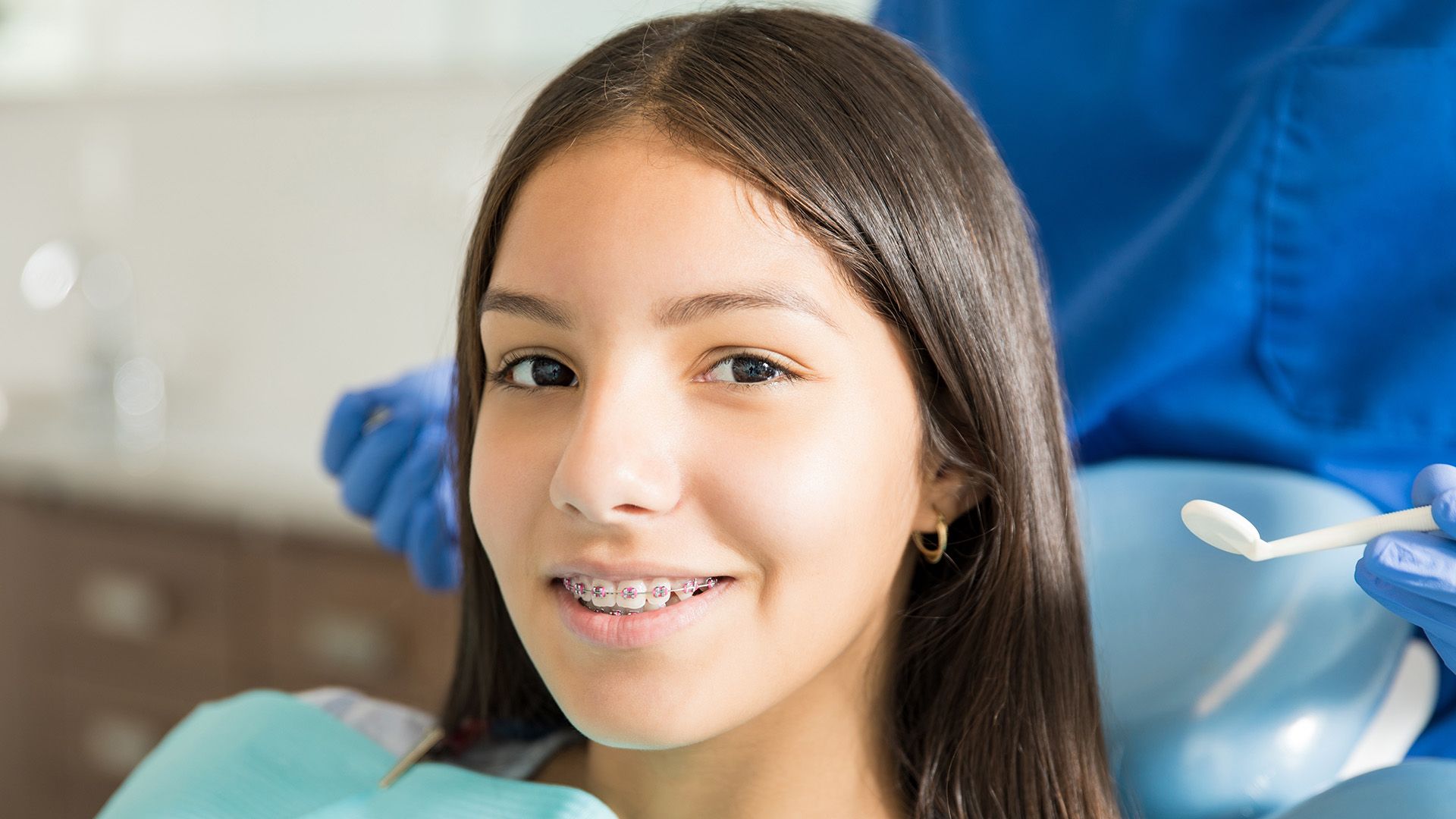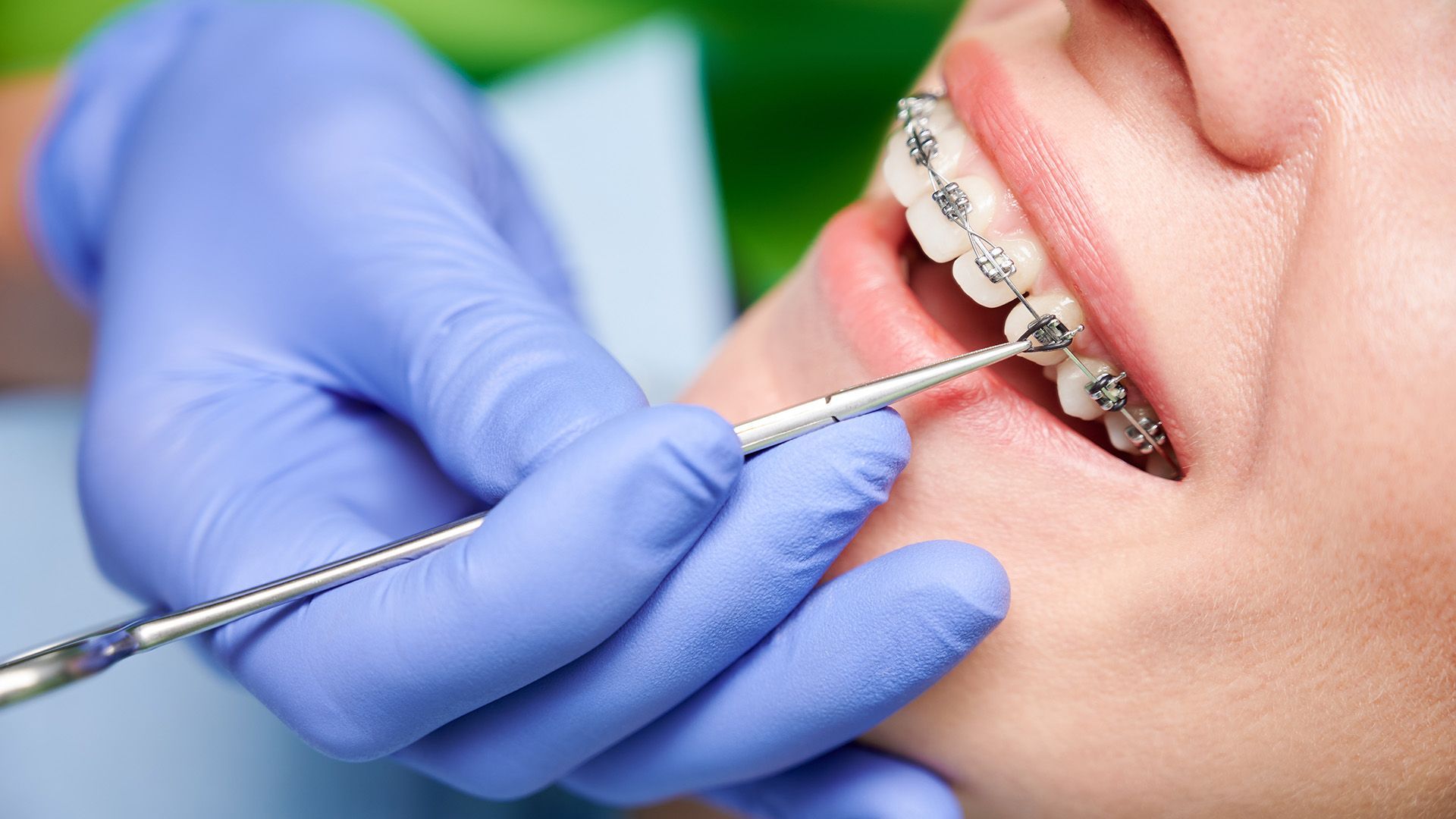Common Orthodontic Issues in Children
As parents, understanding common orthodontic issues in children is crucial for safeguarding your child's dental health and overall well-being. Early detection and intervention can dramatically impact their treatment journey. Many children face challenges like misaligned teeth and bite problems, which benefit greatly from orthodontic care. Recognizing these common orthodontic issues helps in identifying when your child might need treatment, ensuring they achieve a healthy, confident smile. This page delves into prevalent orthodontic problems, signs of potential treatment needs, the types of issues children might encounter, and the significance of early intervention.

Understanding Common Orthodontic Problems
Orthodontic issues encompass various dental problems affecting teeth and jaw alignment. Common orthodontic issues in children include crowded teeth, overbites, underbites, and crossbites, often stemming from genetic factors, thumb sucking, or early loss of baby teeth. Early recognition is vital, as timely intervention can lead to more effective treatment outcomes and a healthier smile.
Addressing common orthodontic issues in childhood is crucial because children’s jaws and teeth are developing, making them more adaptable to treatment. Early assessments allow orthodontists to guide jaw growth and tooth eruption, potentially minimizing the need for extensive treatments later. Early intervention can also prevent severe dental problems that might require invasive procedures in the future.
Orthodontic issues significantly impact a child’s oral health. Misaligned teeth complicate maintaining oral hygiene, increasing risks of cavities, gum disease, and other dental problems. Poorly aligned jaws can affect chewing and speaking, impacting a child’s confidence and social interactions. By addressing these issues early, parents can ensure their children enjoy optimal oral health and a beautiful smile for years.
Signs Your Child May Need Orthodontic Treatment
Being vigilant about your child's dental health is essential for parents. Several physical signs may indicate the need for orthodontic treatment. Crooked teeth can affect their smile and confidence, while spacing issues—whether too much space between teeth or overcrowding—can lead to future complications. These physical indicators are often the first signs of potential issues.
Beyond physical traits, behavioral signs can also hint at orthodontic problems. If your child struggles with chewing or experiences discomfort while eating, it may indicate misalignment. Thumb sucking is another common issue, affecting teeth and jaw development if it persists beyond early childhood. Observing these behaviors helps identify the need for professional assistance.
If you notice any of these signs, it's crucial to schedule an orthodontic consultation. Early intervention can lead to better outcomes and often simplifies treatment. Professional evaluations and personalized treatment plans tailored to your child's needs can ensure your child's smile is healthy and bright!
Common Types of Orthodontic Issues
Orthodontic issues in children vary widely, with common types including crowding and spacing problems. Crowding occurs when insufficient space in the jaw leads to overlapping teeth and an irregular smile. Conversely, spacing issues arise when gaps between teeth affect the aesthetics and functionality of a child's bite.
Bite alignment concerns are also prevalent among children, manifesting as overbite, underbite, or crossbite. An overbite occurs when the upper front teeth significantly protrude over the lower teeth, while an underbite happens when the lower teeth extend beyond the upper teeth. A crossbite occurs when the upper teeth sit inside the lower teeth when biting. These misalignments can cause discomfort, difficulty chewing, and jaw pain if untreated.
Habits such as thumb sucking and tongue thrusting greatly impact orthodontic health. Thumb sucking can misalign teeth and alter mouth shape, while tongue thrusting can displace teeth. Addressing these habits early prevents complex orthodontic issues later. Understanding these challenges and providing tailored solutions can ensure your child achieves a healthy, beautiful smile.
The Importance of Early Intervention
Early orthodontic evaluation is vital for your child's oral health. The American Association of Orthodontists recommends a first orthodontic assessment by age seven, allowing identification of potential issues before they become complex. Early detection leads to simpler, less invasive treatment options, ensuring your child maintains a healthy smile as they grow.
Phased treatment options for children are particularly beneficial. Addressing issues in two stages allows orthodontists to guide jaw growth and incoming teeth. The first phase may involve appliances creating space for permanent teeth, while the second phase focuses on aligning teeth for optimal function and aesthetics. This approach reduces overall treatment time and enhances comfort.
Early orthodontic intervention leads to long-term benefits beyond a straight smile. Timely treatment improves oral health, reduces dental trauma risk, and boosts self-esteem. Correcting problems at a young age minimizes complications in adulthood, potentially saving time and money on extensive treatments later. Investing in your child's orthodontic care today sets the foundation for a lifetime of healthy smiles.













